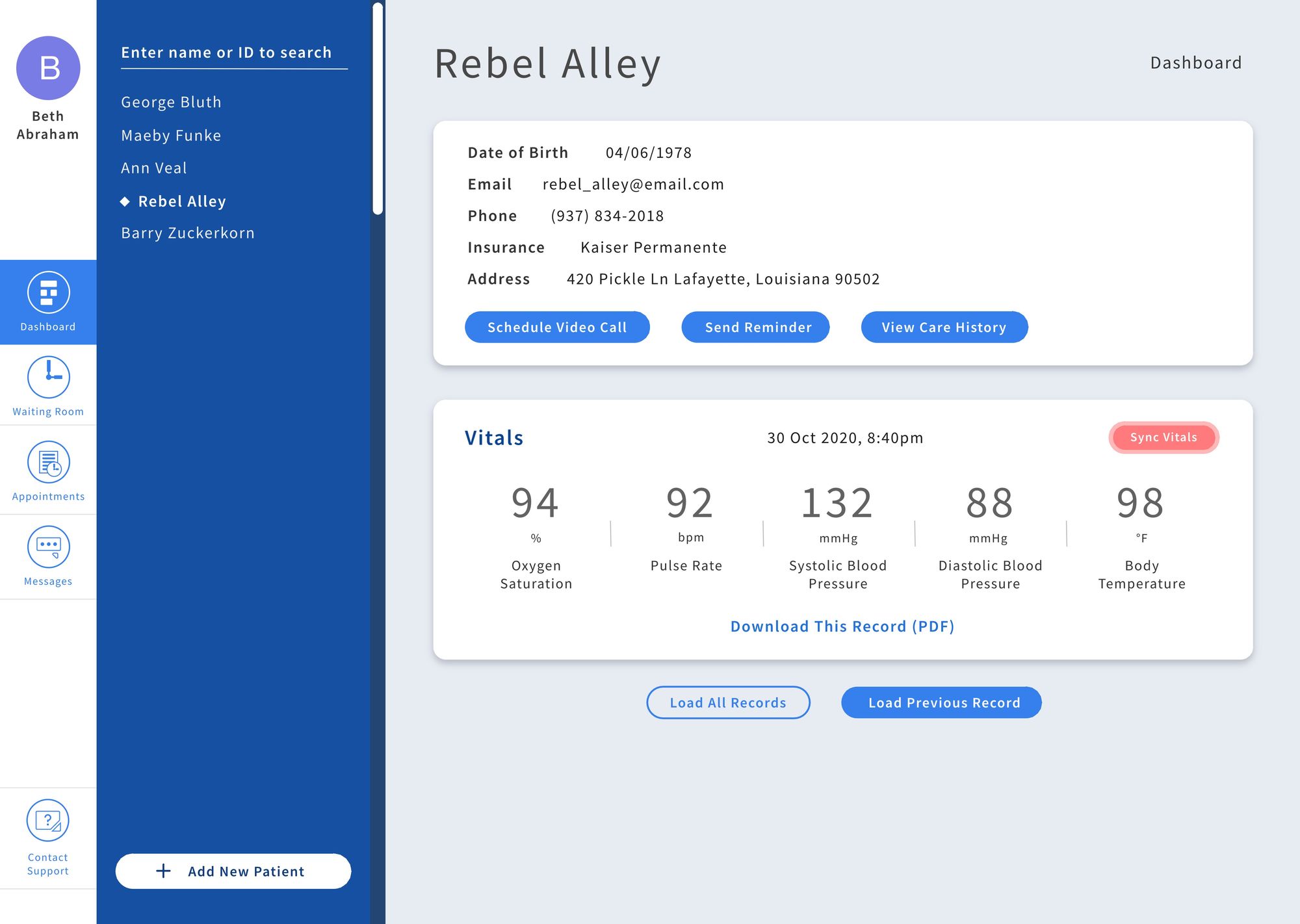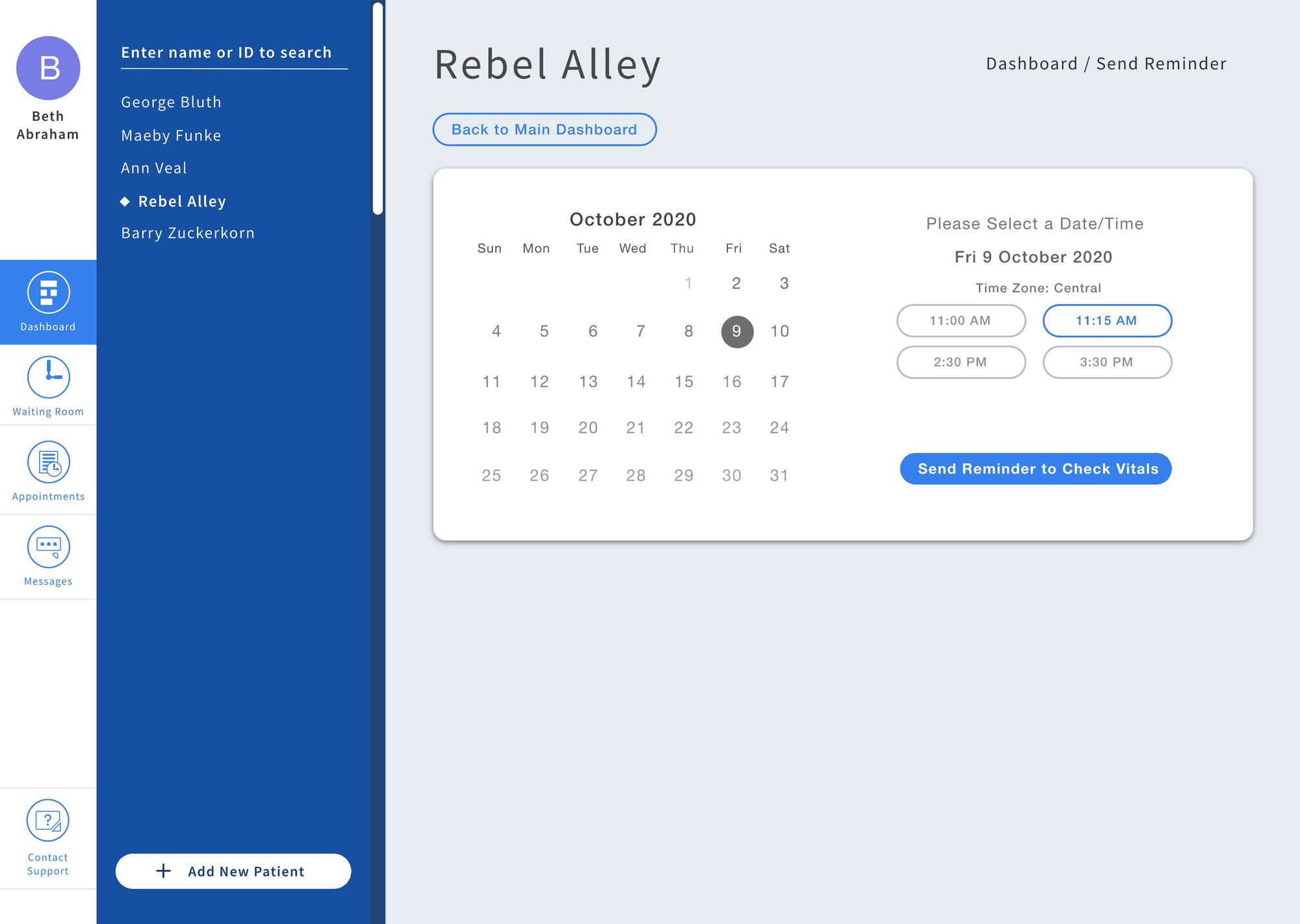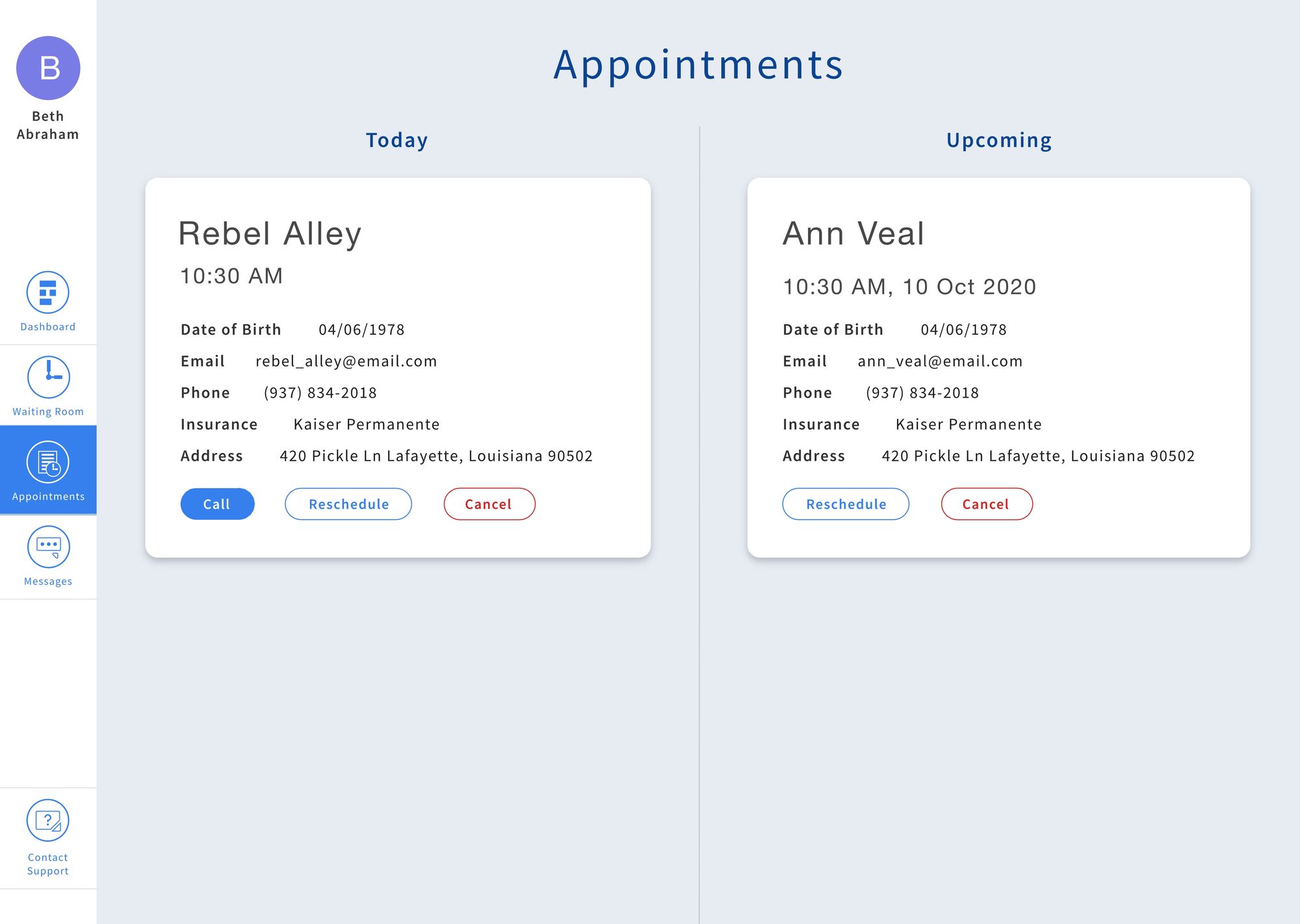Advance Vitals: From Concept to $3M Dollar Aetna Deal in 4 Months
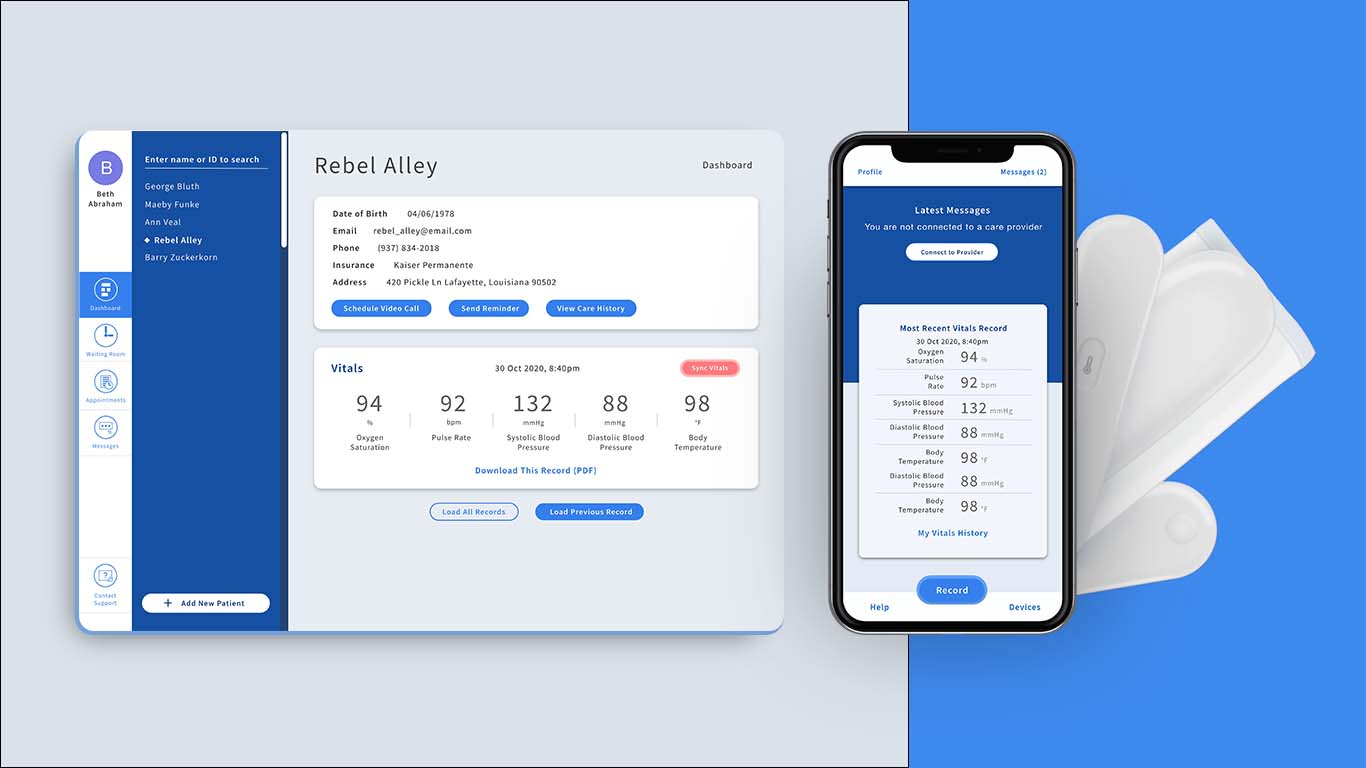
- Advance Vitals is a remote vitals tracking platform designed for hospital use, particularly within ICU outpatient programs.
- Patients utilize mobile apps and BLE devices to record their vitals, while providers monitor patient health status through a web app.
- The platform tracks key vitals such as pulse ox, heart rate, blood pressure, and glucose levels, and alerts providers if any values exceed preset thresholds.
- Providers can also schedule video calls with patients as needed.
Challenge
Right off the bat, this platform proved to be one of the most complex I have ever built. The client, the owner of a telemedicine company in Louisiana, required software that he could pitch to insurance companies. Simultaneously, he wished to replace his current telemedicine software with a streamlined solution that incorporated vitals tracking, virtual appointment scheduling, and patient information management tools for providers.
Design
Developing a single app to fulfill multiple specific use cases is a difficult endeavor. Without careful planning, it could easily become a bloated and confusing version of Salesforce that hinders productivity for all users. To prevent this outcome, my aim is to consolidate all features while eliminating any that don't actively promote productivity. For instance, freeform messaging not only increases providers' workloads but also drives up server costs. Instead, I streamlined messaging down to a few sets of standard messages that are mostly automated on the patient side. Providers can take actions such as "add to calendar" with a simple click of a button.
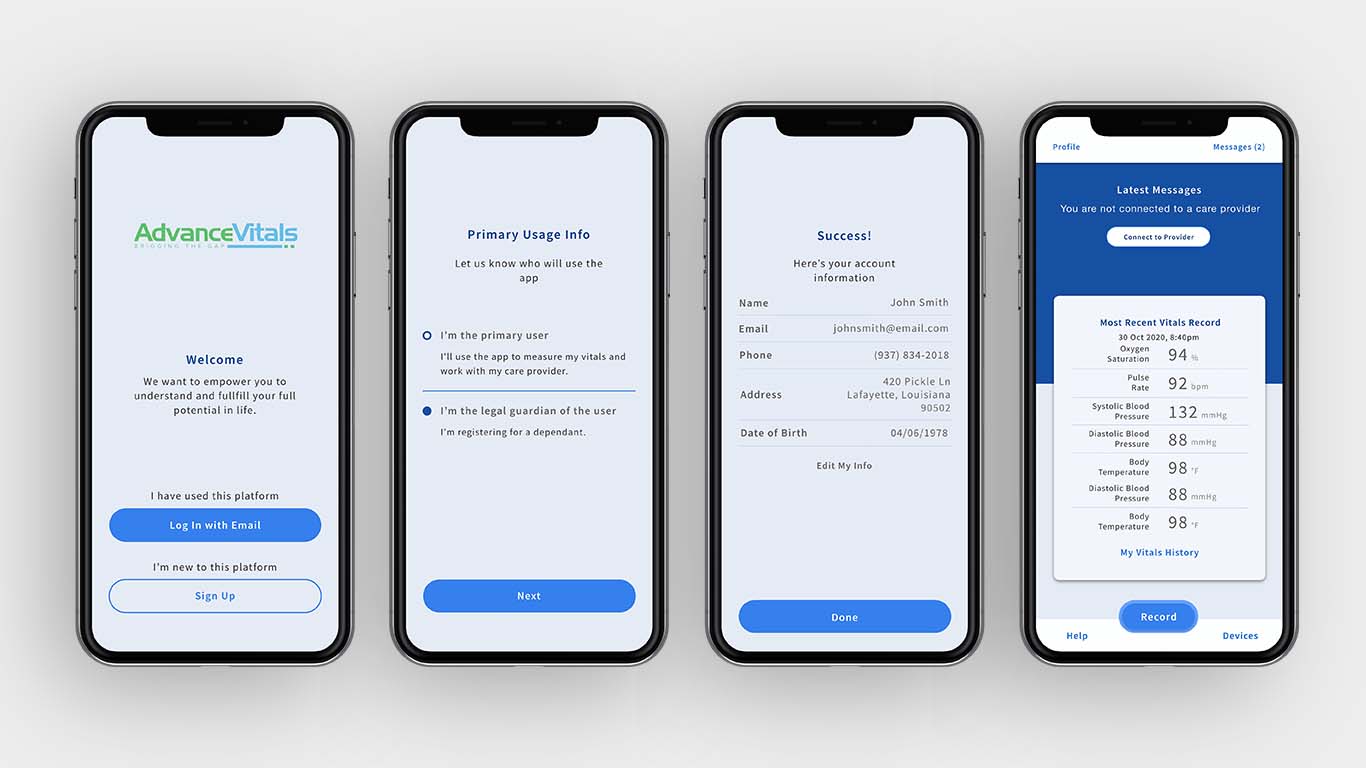
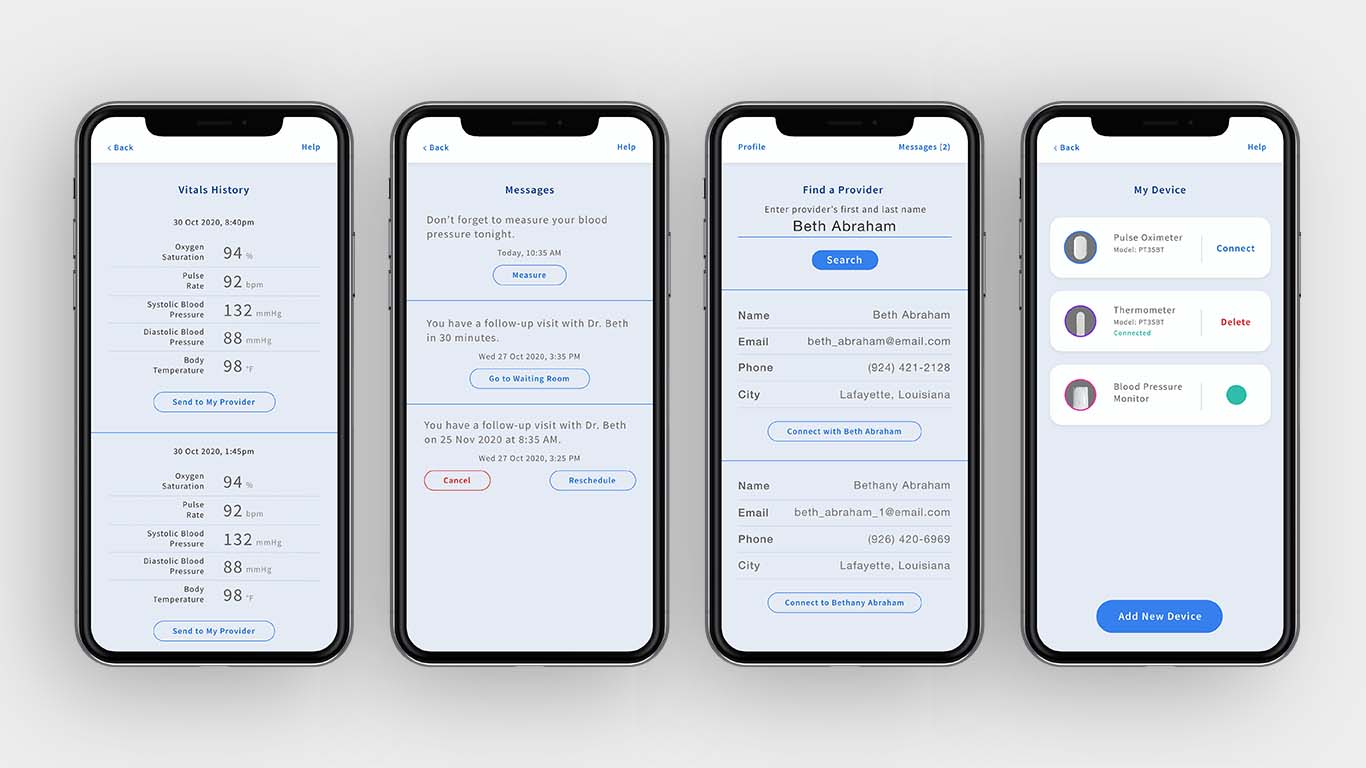
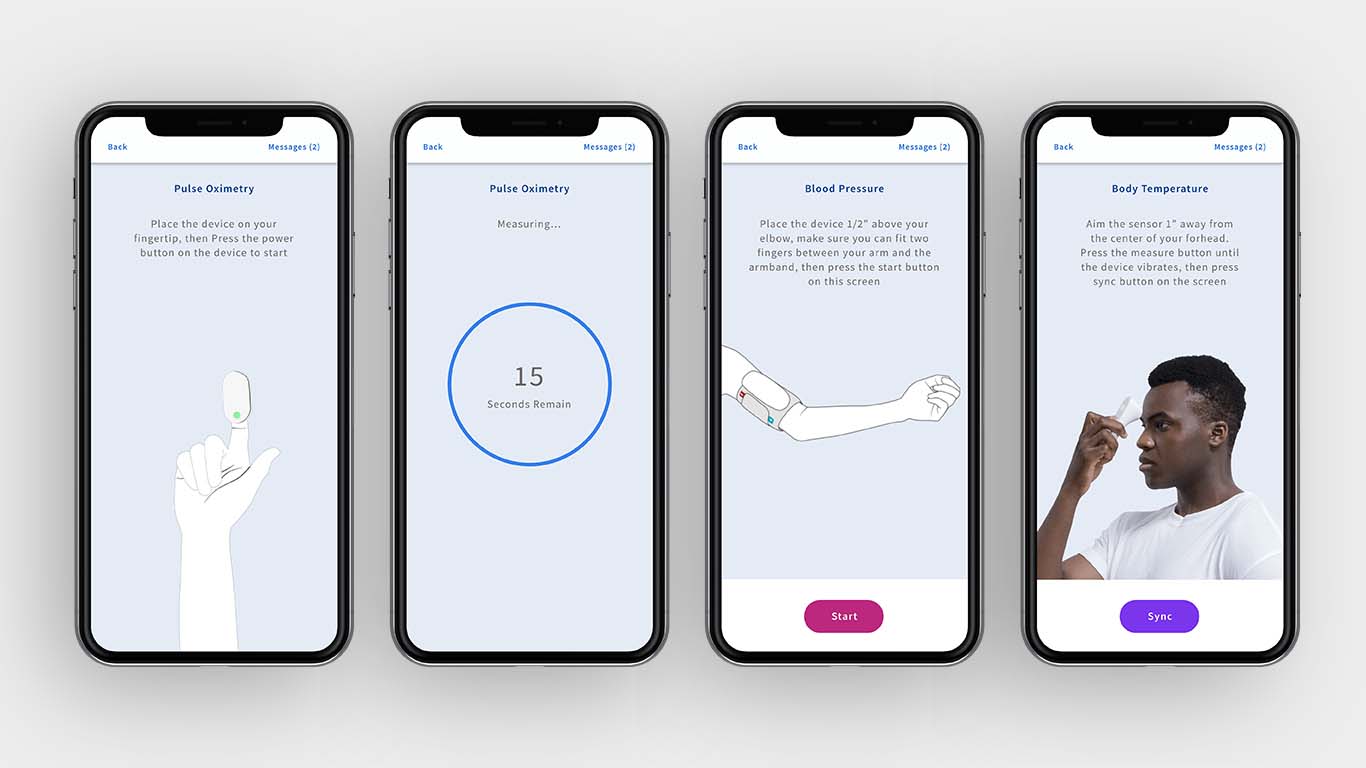
Coding
Based on my experience, delays in new software products are often attributed to overcomplicated development methods. While most agencies may require six to twelve months to complete a project of this scale, I had just over three months. Given the timeline, I had to rely heavily on third-party services, which led to integration nightmares. During the pilot, tracking the source of errors became difficult, particularly if the problem stemmed from a third-party software quirk that required custom code to compensate. For future projects of this size, I would recommend testing a few features at a time to identify any weak points in the software.
